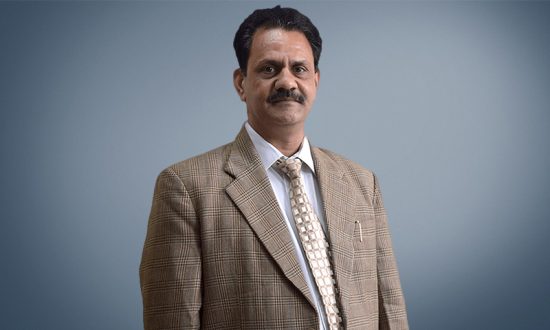Dr D.K. Sharma is working as Professor with the Department of Civil Engineering at JK Lakshmipat University, Jaipur. He has received his Bachelor of Engineering (B. E.) in the domain of Civil Engineering from Malviya National Institute of Technology (MNIT), Jaipur. He did his Masters (Transportation Engineering) and Doctorate (Civil Engineering) from MNIT, Jaipur. He has over twenty-four years of teaching (16 years) and construction industries (08 years) experience.
At the tipping world of digitization, the construction industry is still the least digitized sector compared to other industries. Information and Communication Technology (ICT) is about the application of Information Technology that has aspects of communication technologies. ICT in the construction industry includes the adoption of IT tools in design, construction, operation and management of infrastructure projects.
Several software are used for design and construction management such as 3D Civil, AUTOCAD, REVIT for architecture models; STADDPRO for the design of structures; CATIA and SIMULIA for utility services designing using 3D modelling and simulation; OPENROADS for the design of roads; PRIMAVERA, MSP for managing projects and EXALEAD type software for next-level design by capturing social sentiments. Understanding of such latest software is the need of the hour.
Role of drones and UAV
Advanced technology such as unmanned aerial vehicles (UAV) and drones can be used to convert 3D from drone data images. LIDAR—Light Detection and Ranging—is a remote sensing method used to examine the surface of the Earth and used for the survey work of Infrastructural projects. There is also increasing demand for automation of construction processes using Information and Communications Technology and Automation(ICTA), off-site manufacturing and pre-fabrication.
Usage of Artificial Intelligence
Using predictive analytics traffic artificial intelligent (AI) systems can identify traffic patterns and prevent road congestion. Smart cities can integrate a traffic AI system with their Intelligent Transport System (ITS) for better traffic management.
Understanding the health of infrastructure with IoT
Internet of Things (IoT) cloud-based sensors can monitor the health of infrastructure and analyze the actual load versus target load of the bridges. Computer vision and image recognition can be used to detect defects/cracks in concrete structures. Self-sufficient machines such as 3D printers and robotics can radically transform infrastructure engineering. Unlike old practices, digitization can also be used through responsive cloud-based applications or through Building Information Modelling (BIM) for greater lifestyle collaborations.
Way forward
In this digital era, the technologies are changing extremely fast with ease of business, time management, the sustainability of construction with a reduction in cost. It is the need of the hour that every civil engineer should learn latest technologies and their applications. Digitization in the construction industry has got n plus possibilities with diverse applications.
In India, there are low levels of technology integration in construction projects till date. If the construction industry stakeholders are not able to catch up with the emerging trends and changes, the opportunities of tomorrow will become challenging. There is a need to change in the curriculum of the education system so that industry-ready professionals can be made available for industries.




